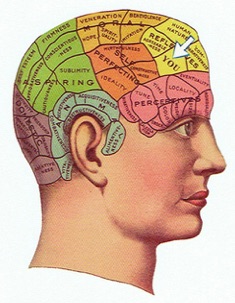an instructor's handbook for using Critical Modes
_________________________
Contingencies concisely summarizes the process model, tools, and topical strategies that are built into both Critical Modes and Critical Content. Its overview simplifies the planning of composition courses that emphasize critical thinking. It invites faculty to build sequenced assingments that illustrate the cumulative nature of expertise.
documented writing in the academic world
_________________________
Critical Content serves second-term composition students by extending the process model established in Critical Modes. By bridging the two semesters, it encourages students to recognize academic expertise as a cumulative process. Further, the continued application of the process model strengthens their ability to approach critical thinking across the curriculum.
This iteration of open education resources (OERs) exemplifies the commitment of faculty to serving students' needs. Some of these needs are financial, and certainly the OER movement offers free textbooks to hard-pressed students. But also students face another threat: the commodification of their behavior, a process that hinges, as Shoshana Zuboff has shown, on the dangerous surveillance tools that pervade our lives, even learning management systems, and the online tools of commercial publications. We ask that those using these resources recognize the ethical imperatives to protect students. Finally, this iteration of Open Book Bag reflects the shared sensibilities of two radically different institutions: Vassar College and Macomb Community College.
Mary Ragan and Hugh Culik

an introduction to composition
_________________________
Critical Modes treats the modes as facets of critical thought can put beginning writers in conversation with a complex audience. A process model enables students to build expertise, ask questions, and formulate hypotheses as part of the process that ultimately puts their work in conversation with a complex audience.
Lecture Notes in Fractal Geometry
the emergence of complicated geometric structures from simple natural processes
_________________________
In this course we will study the complicated geometric structures that arise from simple natural processes and are known as fractals. We will focus on fractals obtained in two distinct ways. One way, which is the subject of the first several sections of these notes, is when they arise as limit points of “iterated function systems". The other is when they arise as collections of points that exhibit certain behaviors under repeated iteration of functions. Examples of the former are shown next; the latter will be discussed in the Julia and Mandelbrot sections. With mathematical precision we will discuss how fractals are constructed, and we will prove conditions that guarantee their existence. We will discuss geometric properties such as self-similarity and fractal dimensions. We will learn probabilistic algorithms that allow images to be generated efficiently on a computer, and we will spend time on the computer making our own pictures.